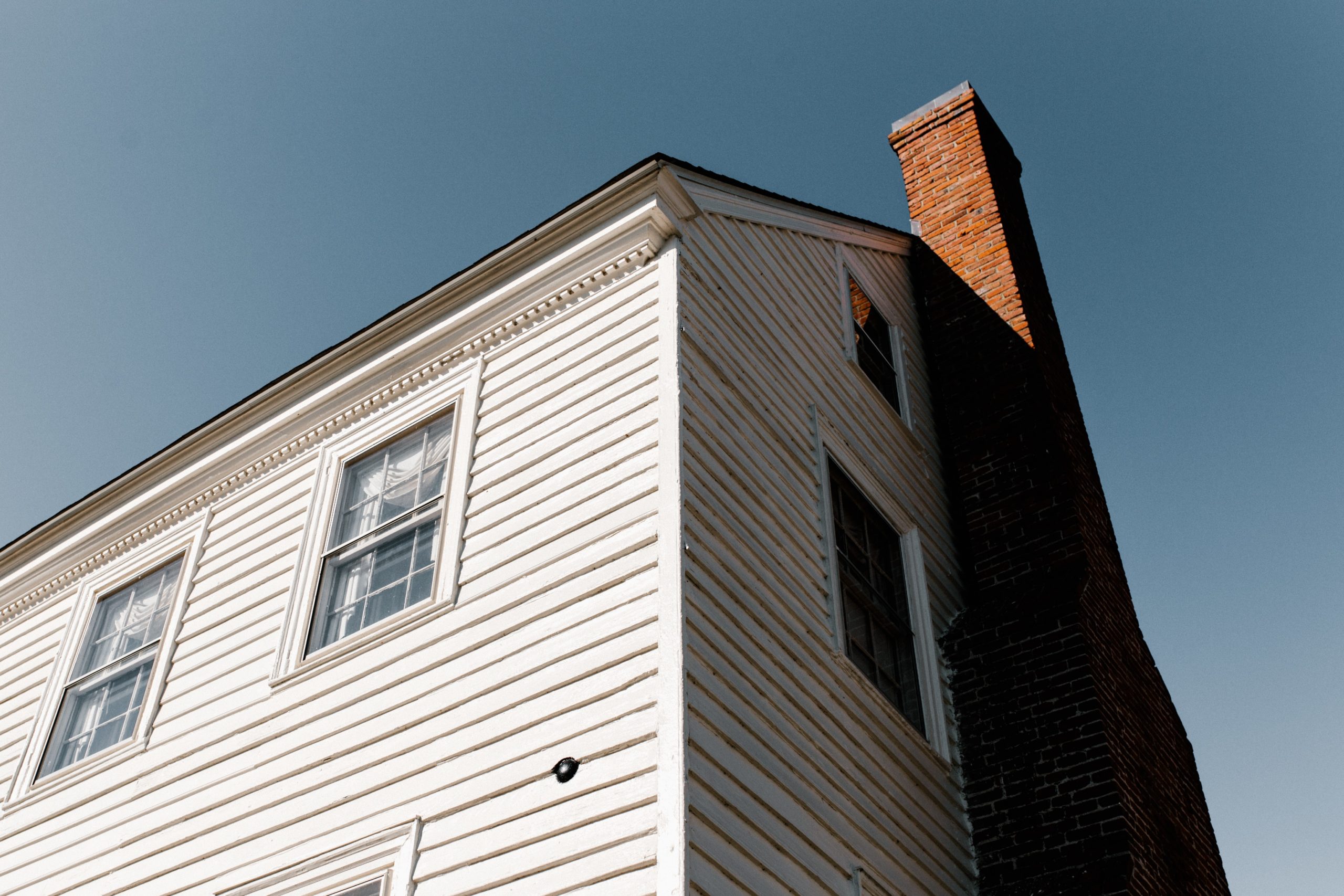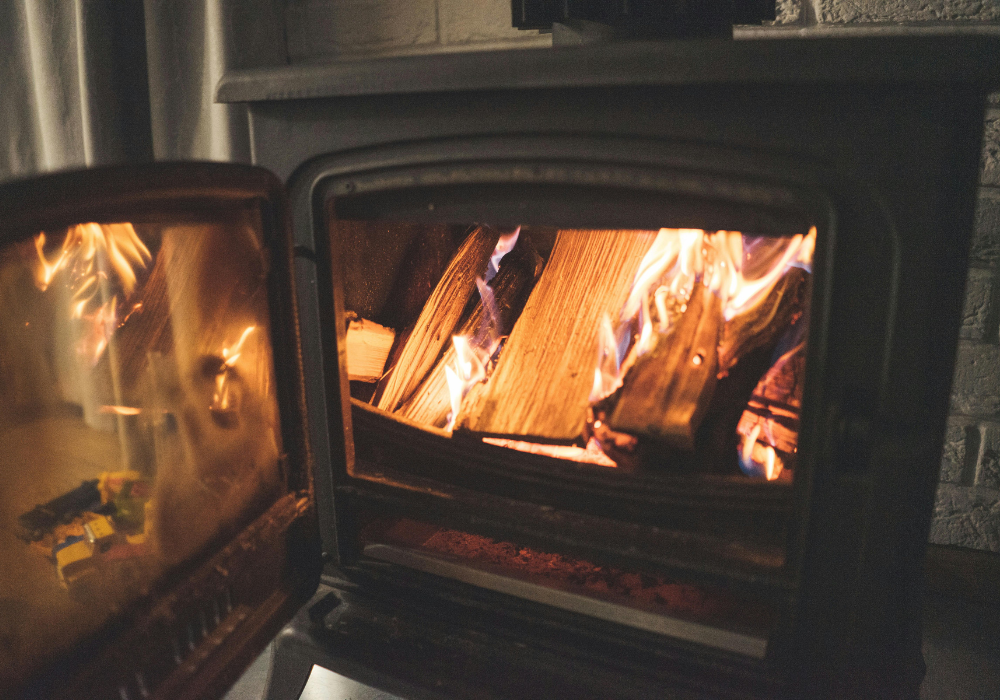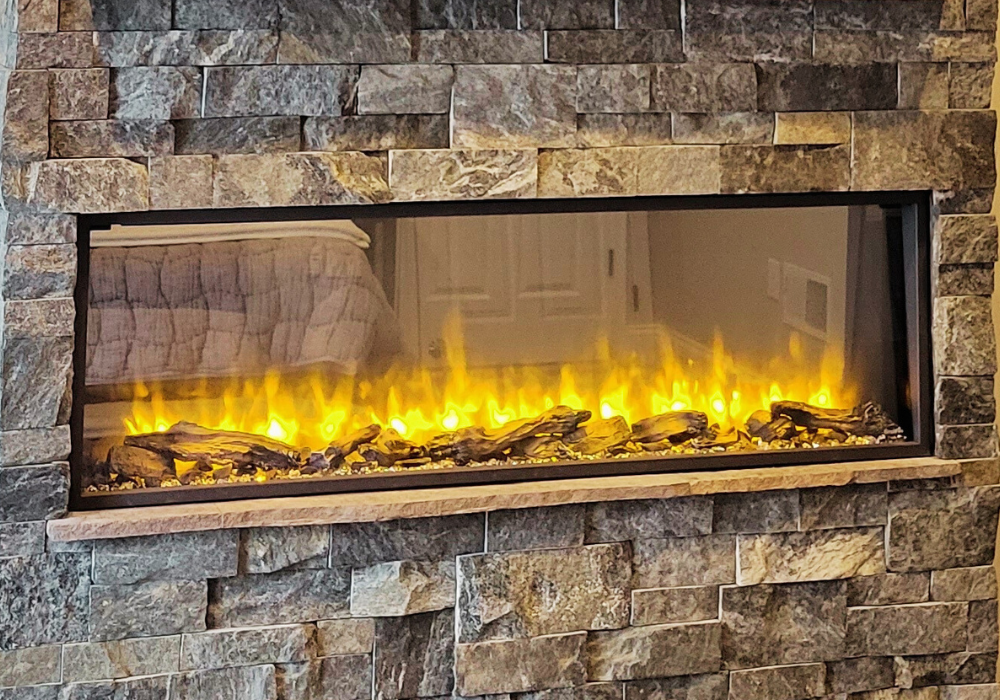You might have been enjoying your fireplace so far this season, but have you gotten around to having it inspected and serviced?
It is very important to have your chimney inspected, no matter if you have wood-burning or gas-burning fireplace or stove.
According to the U.S. Consumer Product Safety Commission (USCPSC), about 17,600 chimney fires occurred annually in the United States between 2015 and 2017. Also, about 10,000 cases of carbon monoxide-related injuries and more than 200 related deaths are reported each year, according to the Chimney Safety Institute of America (CSIA).
Taking care to avoid carbon monoxide hazards
According to CSIA, when gas and oil burned for heat, dangerous fumes are produced, from soot, to nitrogen dioxide, to acidic water vapors formed when moisture condenses. None of these pollutants should leak from the chimney into your living area. If you burn wood, a natural byproduct called creosote deposits in the chimney. Mechanical sweeping of chimneys by a professional not only removes layers of creosote from the chimney surface, it removes the resulting loose soot and creosote from the chimney, fireplace, or wood stove.
Besides carrying toxic gases away from your living spaces, chimneys also create the draft, or flow of air, that provides the proper air and fuel mixture for efficient operation. Unfortunately, many chimneys either are improperly sized or have conditions that make them unable to perform their intended function. When you have a chimney inspection, it often reveals hidden problems with a chimney structure that could be potentially hazardous. This is why an annual inspection is important, as anything could have happened in the past 365 days that could have damaged the chimney, due to age or the elements.
When should I get my chimney serviced?
The National Fire Protection Association Standard 211 says, “Chimneys, fireplaces, and vents shall be inspected at least once a year for soundness, freedom from deposits, and correct clearances. Cleaning, maintenance, and repairs shall be done if necessary.”
However, this is different for everyone, depending on how often you use the fireplace, such as for leisure or to warm your home.
The Chimney Safety Institute of America recommends that open masonry fireplaces should be swept at 1/8-inch of sooty buildup, and sooner if there is any glaze present in the system. This is considered to be enough fuel buildup to cause a chimney fire capable of damaging the chimney or spreading to the home.
What if I heat with gas; do I need an annual service and inspection?
Gas is generally a clean burning fuel; however, the chimney can become non-functional from bird nests or other debris blocking the flue. Modern furnaces can also cause many problems with the average flues intended to vent the older generation of furnaces. It is a very good idea to have an inspector visit at least once a year to make sure you are heating your home properly, there isn’t any problems with the unit or the chimney, and there is no carbon monoxide leakage.
What is included when a professional cleans your chimney?
- Sweeping the fireplace, checking the firebox, liners, smoke chamber and flue, chimney exterior and inspecting the appliance for proper clearances
- Recommendations for proper operation or replacement of equipment and necessary repairs to equipment or structure
- A video inspection; it may mean an additional cost, but it could detect hidden damage.
Is it time for your chimney to be serviced? Make sure to contact AES Hearth and Patio if you live in Camp Hill, Carlisle & Central PA.




